GUEST BLOGGER KATRINA TANGEN
Did you know that everyday inventions like airplanes, submarines, snowshoes, flippers, sonar, and bike reflectors were inspired by animals? Copy That, Copy Cat!: Inventions Inspired by Animals uses riddles to introduce biomimicry and explains how these inventions work in a kid-friendly way.
What’s biomimicry?
Bio(s) means “life” and mimic means “imitate.” So, biomimicry means “copying nature.” Specifically, it’s learning how things work in nature and creating inventions that work the same way. It’s an approach to engineering that lets us benefit from all of the problems nature has already solved!
Help students learn this term through music and movement. To explain what biomimicry means, play “What’s Biomimicry” by The Missoula Coyote Choir & Friends.
Have the students sing along with the chorus. Then, teach students the actions to the song (see graphic below or download). For example, on “life,” jump with arms in the air. On “imitate,” put one hand on hip, then the other. (First hand on the first syllable, second on the last syllable.)
Hands-on with lift!
Airplane wings were inspired by the shape of bird wings: they’re both curved on top and flat underneath. According to Bernoulli Principle’s, the air on top moves faster because it has farther to go. This decreases the air pressure above the wing, so the air below pushes up, causing lift. Here are two hands-on inquiry-based activities to help students understand lift.
Lift experiment #1: Paper strip
- Give each student a slip of printer paper, around 1.5 inches by 8 inches. (Pretty much any size of rectangle will work.)
- Ask them to predict what will happen when they blow across it. (Will it go up or down?)
- Tell students to hold the short end of the paper below their bottom lip and blow evenly across the top. (If they have trouble, they may need to blow down towards the top of the paper more. Also, if they blow too hard, it won’t work.)
- Have students record their observations.
- Discuss.
What happened?
It seems like blowing on top of the paper should make it go down, but it makes it go up!
Why?
Explain that the faster air has lower pressure, so the higher pressure underneath pushes up, causing lift.
Show students a diagram of an airfoil on the airplane flap in Copy That, Copy Cat and watch this video by the Air & Space Museum.
Experiment #2: Magic soda cans
You will need 2 empty soda cans for each student or group and 1 straight drinking straw for each student.
- Ask students to predict if blowing between empty soda cans will make them move apart or together.
- Have students place 2 empty soda cans on a table, close but not touching (about ¾ inch apart).
- Tell students to position the straw in front of the gap (don’t stick the straw in-between the cans), aiming about an inch from the bottom.
- Tell students to blow through the straw.
- Have students record their observations.
- Discuss
What happened?
It seems like blowing between the cans should make them spread apart, but they come together!
Why?
Explain that the air blown through the straw moves faster than the rest of the air in the room. Faster air has lower pressure, so the stronger air pushes the cans together.
Find other fun lift experiments in these NASA guides!
Good copycat or bad copycat?
I was a bit of a copycat in writing Copy That, Copy Cat! One of my inspirations was Abi Cushman’s picture book Animals Go Vroom!, which also uses misdirection and die-cuts to create funny page-turn surprises. Older students can read this interview to find out more.
- Read Copy That, Copy Cat! and Animals Go Vroom! to the class.
- Compare and Contrast: Have students compare and contrast the elements of the books, using a Venn diagram. (Possible elements include: die-cuts, fiction vs. nonfiction, riddles, interrupted rhyme, animals, “trick” picture, art styles, flaps, exclamation marks, sound effects, etc.)
- Discuss:
- Is this a good or bad kind of copying? Why?
- Discuss the difference between inspiration, cheating, and plagiarism.
- Create: Have students choose an element from either book to copy. Ask them to make an art project, story, presentation, or picture book using the same element in a new way.
Katrina Tangen lives in Southern California between Disneyland and the beach. Her debut picture book, Copy That, Copy Cat!: Inventions Inspired by Animals (Barefoot Books, 2023), illustrated by Giulia Orecchia, was a Bookstagang Best Book of the Year and a Cybils Award Finalist. At Harvard, Katrina studied Folklore & Mythology, History of Science, Psychology, and Religion, so she knows a little bit about a lot of things. This turned out to be excellent training for writing nonfiction for kids! Say hi and find more hands-on activities at katrinatangen.com.
- https://linktr.ee/katrinatangen
- Facebook: Katrina Tangen Author
- Instagram: @katrinatangen
- Twitter: @katrinatangen
- Threads: @katrinatangen
- Bluesky: @katrinatangen.bsky.social
- Pinterest: @katrinatangenauthor


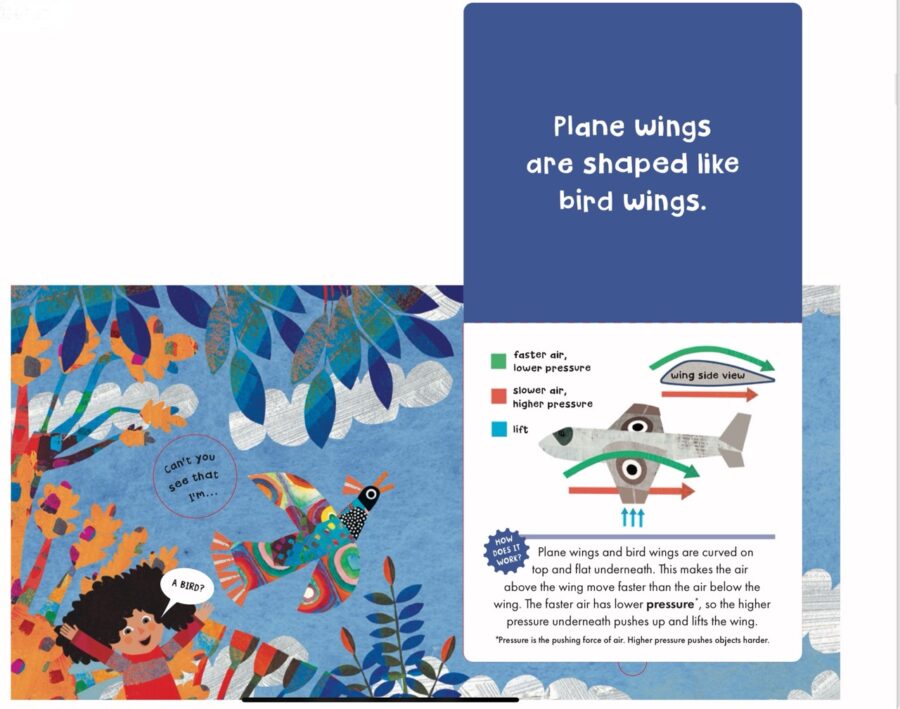

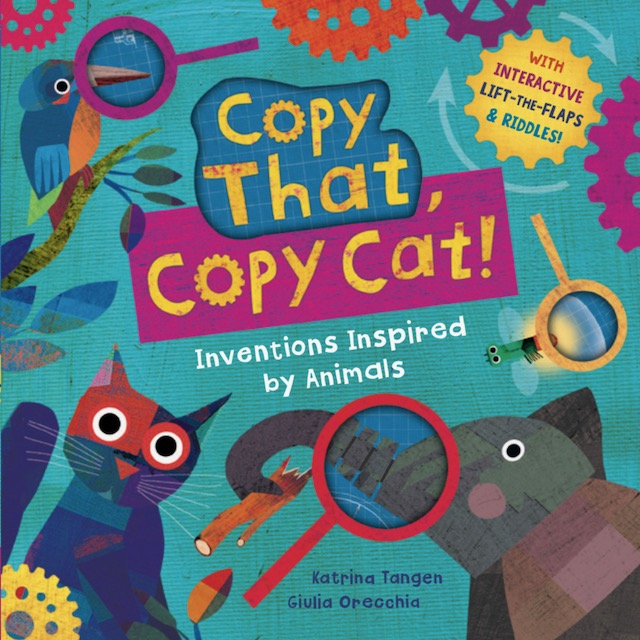
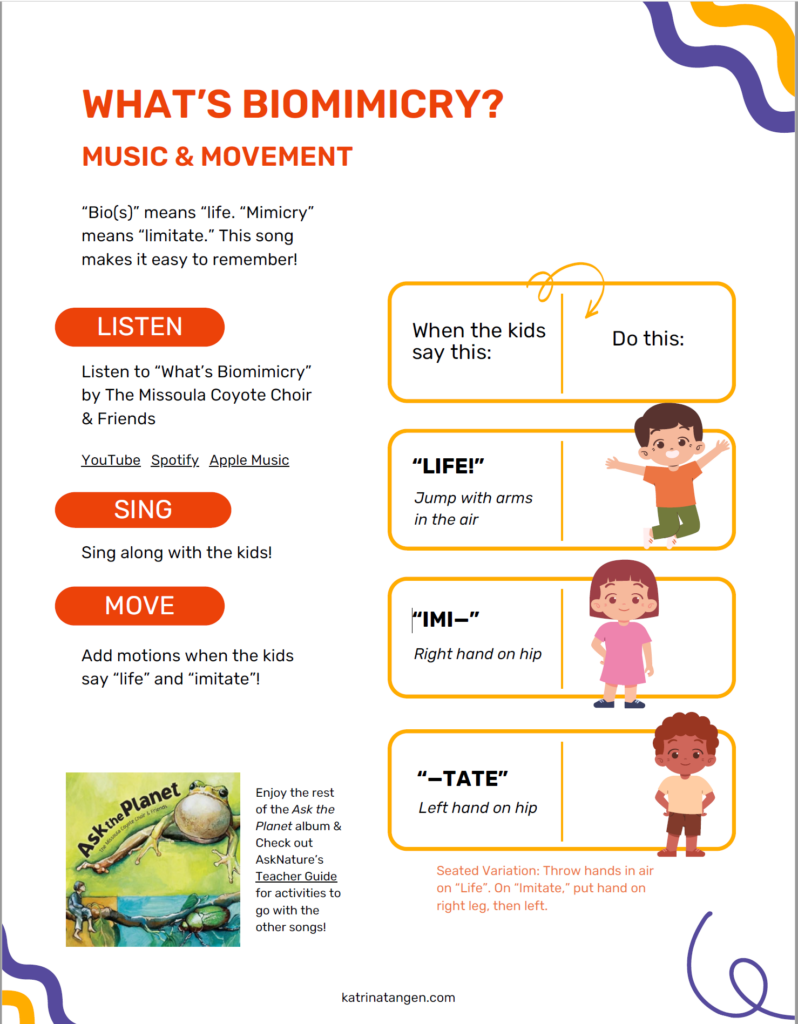
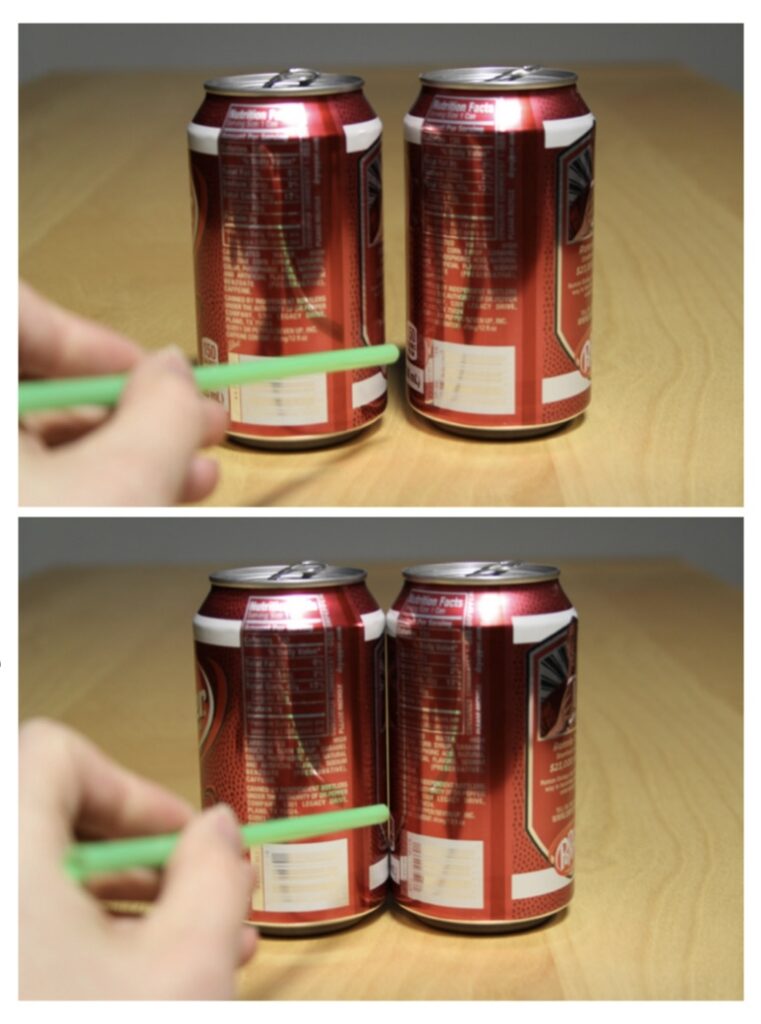

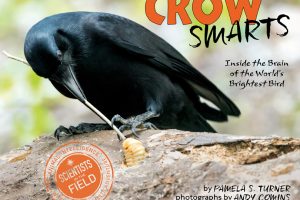
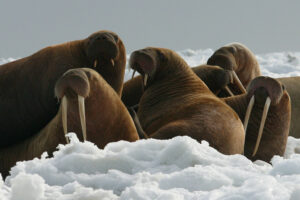


Leave a Reply
Your email is safe with me.